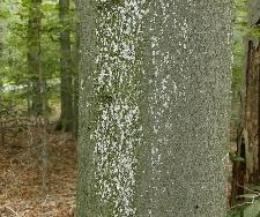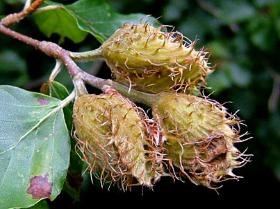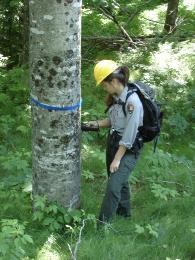
U.S. Forest Service photo The American beech, a dominant species in the upland forests of Pictured Rocks National Lakeshore, is seriously threatened by Beech Bark Disease (BBD). This tree disease originated in Europe and was accidentally introduced to Nova Scotia around 1890, most likely from infected European beech brought for a horticultural exhibit. It has been spreading slowly through the eastern United States ever since. 
Ohio Dept. of Natural Resources photo Impacts to the Forest Ecosystem 
NPS photo / Mike Peters What can be done? Beech saplings will always be present in the forest since they can sprout from roots of fallen trees, but the vast majority of them will become infected as young trees. The only way to restore beech as a functional component of the forest ecosystem is to identify and propagate resistant trees. Pictured Rocks National Lakeshore is taking a major role in this effort. Safety First |
Last updated: November 18, 2021
